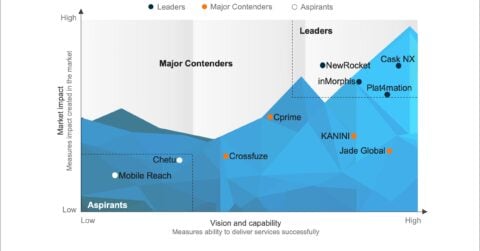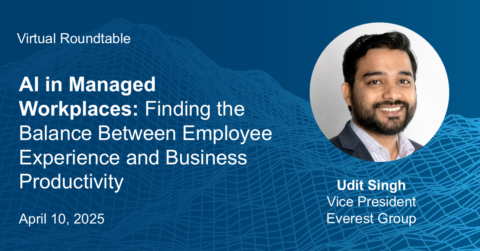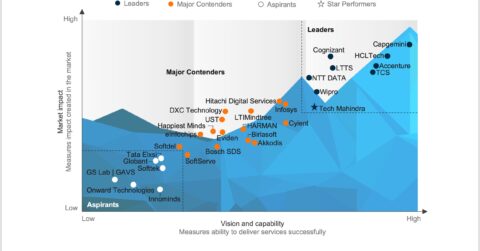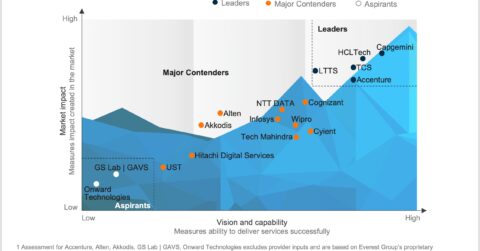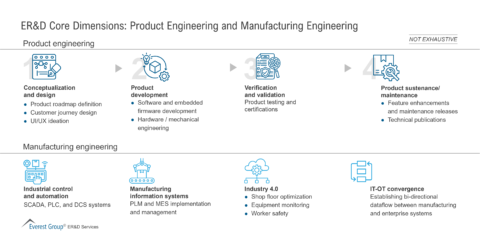Filter
Displaying 1-10 of 109
Systems of Execution: Consulting in an AI-powered Future | LinkedIn Live
Jul 17, 2025
11 a.m. IST | 1:30 p.m. SGT | 2:30 p.m. JST | 4 p.m. ACT
LinkedIn Live
1 hour
From Pixels to Perception: The Next Frontier in Automotive Image Sensing | Webinar
June 27, 2025
9 a.m. CDT | 10 a.m. EDT | 3 p.m. BST | 7:30 p.m. IST
Webinar
1 hour
AI in Managed Workplaces: Finding the Balance Between Employee Experience and Business Productivity
Thursday, April 10
7:00 PM - 8:00 PM IST
1 Hour
